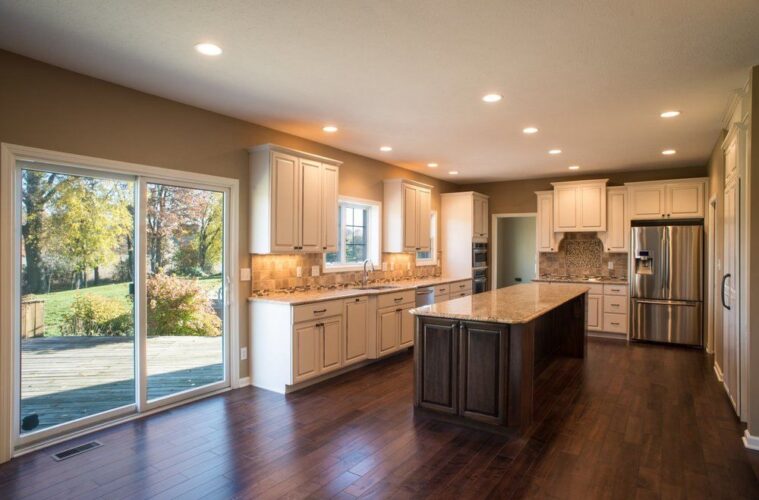Almost no one buys a home loving every single part of it. Oftentimes, people purchase a home with the expectation that they will at some point make some changes to it.
For some, purchasing a home means the chance to transform it from the inside out. Others just want to improve on a space or two.
Regardless, your remodel can get costly if you’re not careful.
While remodels are vastly different depending on price trends, location and size, there are some costs you need to consider before diving into your dream project.
Let’s look at the costs of remodeling a home.
The Types of Remodels
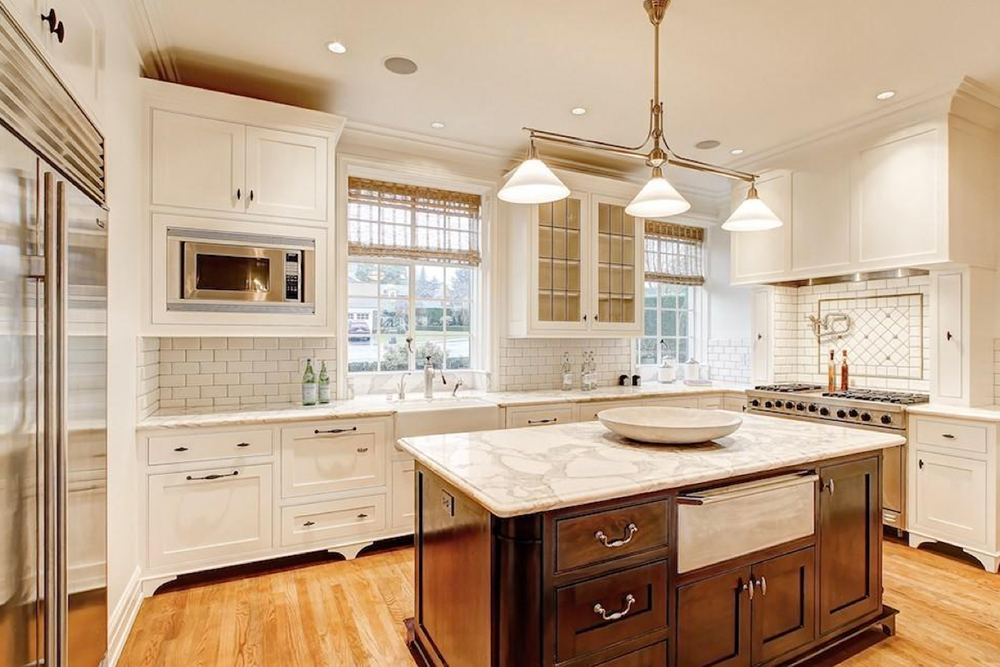
source: pinterest.com
These three types of remodels can give you an idea of what you’re looking for in a project and the materials/services you may need.
Low-End Remodels – These are the minor upgrades you make when you first move into your home or want to refresh things. Many of these projects use functional but low-cost materials, are self-funded and can be done by yourself.
Mid-Range Remodels – These are larger home projects that require mid-quality materials and may need outside assistance to complete.
High-End Remodels – These are significant projects that require outside assistance and the highest-quality materials possible.
Knowing which type of remodeling you’re taking on can give you a better understanding of where the various costs involved in your project will land.
Costs of a Remodel
There are several costs you need to consider before jumping into a remodel. The cost of a remodel can vary greatly depending on where you live, square footage, etc. Many things determine the final number and there are non-monetary costs to consider.
Materials
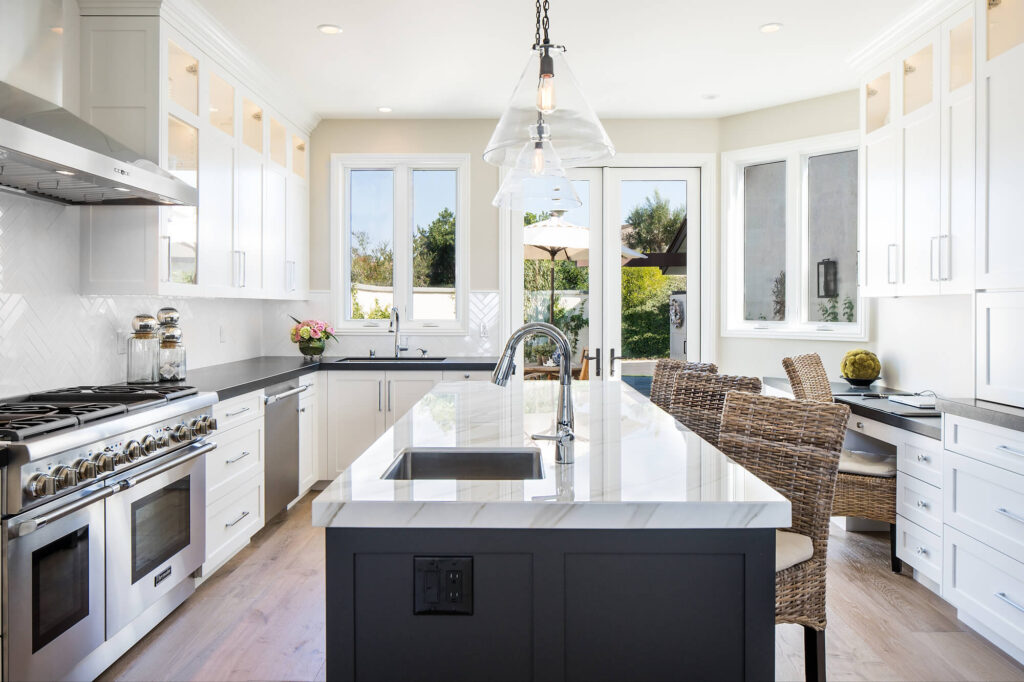
source: pinterest.com
One of the most significant factors in a remodel’s cost is the price of your needed materials. Paint, flooring, windows and other materials vary in cost, and the bill for just one room can add up fast.
You also need to consider the cost of any extra equipment you need for the project, such as tools, nails, tapes and coverings. Try to know everything you’ll need for a project before starting it.
The quality of the materials you purchase dramatically affects the end cost. You want to get materials proven to do their job well and last. That doesn’t mean you have to go for the most expensive items—research which brands and materials hold up long-term to know what’s worth your purchase.
Time
It takes time to complete any project, and that time can cost you money, but it is also a cost on its own.
If you’re remodeling a home, especially if you live there, you will sacrifice time you could use doing other things.
The average home build takes nine months, and a significant home remodeling project can take a similar amount of time. That’s a big commitment, especially when paying for a temporary living space or adjusting your schedule around the remodel.
You’ll also pay more for the services of contractors and other professionals when they need to work for a longer amount of time.
Factors that affect the time it takes for project completion include the climate the home is in and the amount of customization you want.
Decor
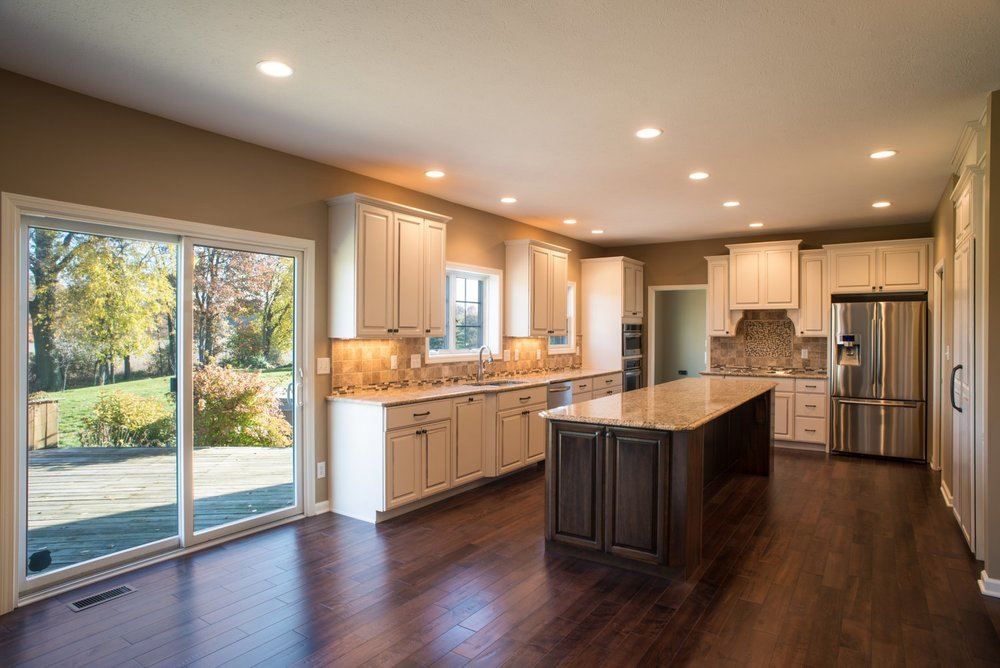
source: pinterest.com
When you choose to remodel your home, you must think about the design, furnishings and decor you choose to finish it off.
There’s no point in remodeling a home to sit empty, so you’ll need to set aside a chunk of your budget for furniture and decorations that fit your new space.
Think of more oversized items, like couches, entertainment centers, tables and rugs. Then, think of things that dress up the space, like artwork, plants and organization.
Maintenance
When planning a remodel, you need to think long-term about the cost of maintaining your new home. Are the features you are adding conducive to long-term maintenance costs?
Special items like hot tubs and large windows will need care to keep them enjoyable. The same goes for fragile flooring or countertops.
Even if you are expanding your home, you’ll have more space to clean and care for throughout the year. If you don’t anticipate being able to perform and pay for maintenance, you may want to cut back on your design or amenities.
Emotions
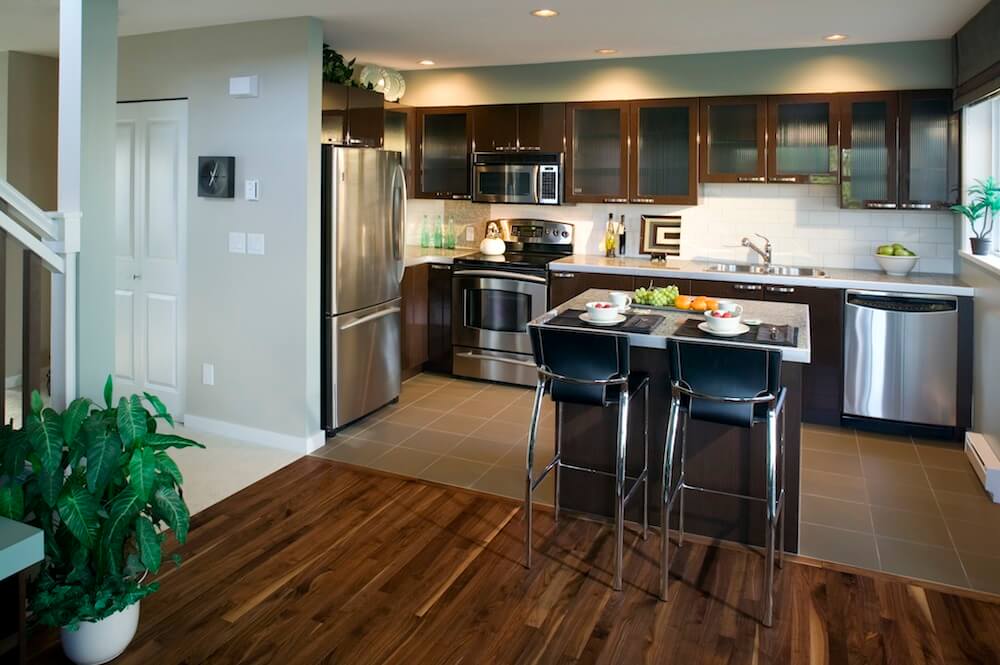
source: pinterest.com
This cost doesn’t have a monetary price attached but is a sacrifice you make when entering a remodel project.
While the end product can be worthwhile, remodels are stressful. Even with the best-laid plans, delays, incorrect measurements and high costs can get your emotions running high.
Big decisions can lead to anxiety and arguments, with remodels and renovations now known for testing the happiest of couples.
You need to go into your remodel project knowing these things to understand that it’s all part of the process.
By practicing self-care and taking on the issues as they arise, you can ensure the remodel takes less of an emotional toll on you.
Taking on Remodeling Costs
There are many costs to remodeling a home, some monetary and some not. By knowing the costs ahead of time and planning wisely, you can ensure that you’re prepared to have the best experience possible when achieving your dream home.

